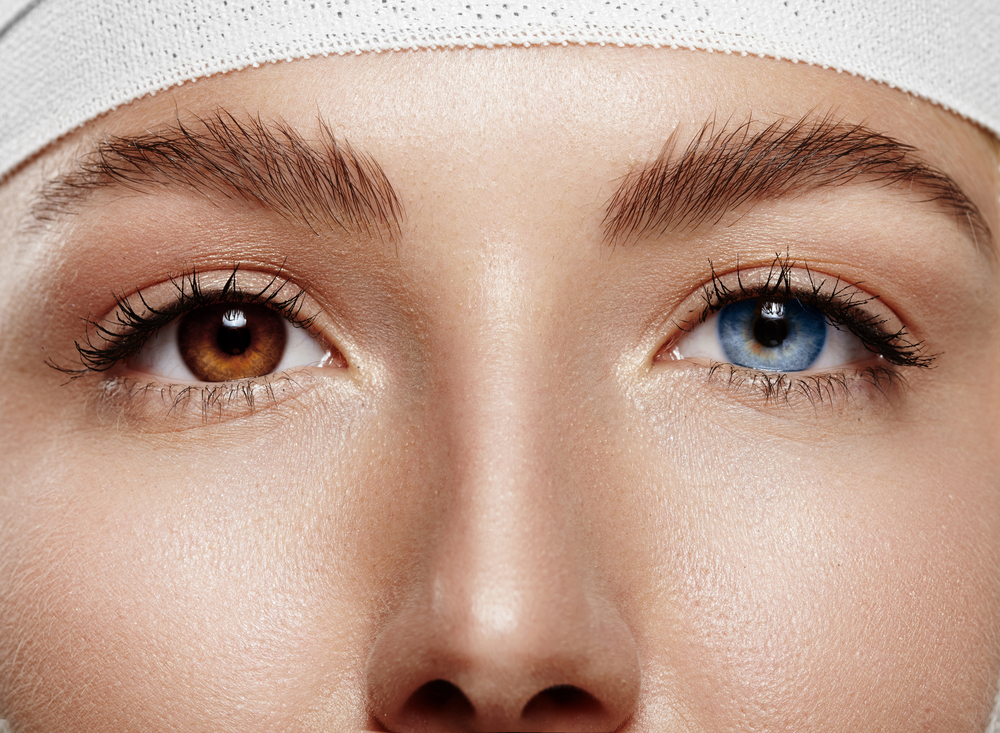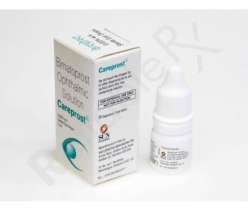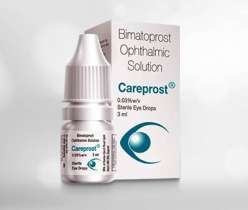Your eyes say a lot about your health conditions. There is a relationship between your eye color and health, and many health experts decipher this liaison correctly.
You may have heard about many romantic stories where boys and girls understand the unwritten matter just by seeing into the eyes of their partners. It may sound a bit fictional, but in the medical field the conditions of eyes denote some health conditions and the changing eye colors are directly linked with the eye problems, it’s real! The black, brown, hazel, blue, and bright eyes have some psychological significance, and research studies have established a correlation between the eye colors and emotional behavior. For example, people with black eyes are largely known for having faster reaction time than bright and blue eye people.
When it comes to health, some studies have also found that eye colors help to predict the health conditions. Even doctors test the eye color to understand the gravity of the disease. Here are some examples of taking eye color health risks that are generally linked with each other.
Dark eyes and health risks:
People with dark eyes are found to have greater risks of cataracts as compared to blue- or light-colored eye people. The good news is that dark eyes are less likely affected by the UV rays, so the risks of age-related eye problems like macular degeneration are reduced. “A dark iris blocks more ultraviolet light. The UV light is a risk factor for macular degeneration. Extra light that gets into the eyes of people with light-colored irises may cause them to have more retinal degeneration,” says optometrist Christopher Quinn, OD, secretary-treasurer of the American Optometric Association.
Dark eyes are also an indication of lower risks of melanoma. A research study published in Cancer Epidemiology, Biomarkers & Prevention claims that children with blue eyes are more likely to develop moles and black spots as compared to black-eyed children of the same age group.
In an interesting revelation of research, study, the black- or brown-eyed people are less alcoholic than those with light eyes. Researchers have hypothesized that more sensitive to alcohol among black-eyed people is a factor in their restrained behavior.
Light eyes and health conditions:
Light or gray eyes have their own pros and cons. A research study conducted by the University Of Colorado School Of Medicine finds that light-eyed people are less likely to develop vitiligo than those with dark or brown eyes. Since vitiligo is more related to the risks of autoimmune diseases like type 1 diabetes, lupus, and a thyroid problem, light-eyed people are comparatively safer. Another study by Inna Belfer, MD, Ph.D., finds that women with light eyes may have a higher capacity to tolerate pain, especially birth pain as compared to dark-eyed women.
On the other hand, people with light eye color health risks include skin cancer as they have less pigment for the protection from UV rays. Furthermore, they have increased cases of melanoma of the uvea that directly affects the eye vision. So, this eye color and health of the eye both need to be protected from the danger of sun rays.
Also Read: Different Ways to Take Care of Eyelashes
Health indications of blue eyes:
A research study has found the inverse relationship between blue eyes and vitiligo, but they are more affected by the typical breakdown. Moreover, melanoma risks are more likely to affect such people. Talking about the psychological nature of the blue-eyed people, they are found to be more competitive and risk-takers than other ones.
Having eyes of two different colors are due to genetic mutation:
Having eyes of two different colors are referred to as Heterochromia can be inherited condition, but a nerve interruption in the eye can also cause it. One can also develop this condition. Causes of acquired Heterochromia include inflammation of the idle layer of the eye, eye injuries, or the use of certain glaucoma medications. The best way to care for your eyesight, regardless of the color of your pupil is to undergo regular eye exams. An eye exam not only helps to test your vision but also offer a glimpse of your overall health.
Changing eye color and health conditions:
- Red-eye problem:Several allergic and infectious effects are responsible for reddening eyes. Such redness brings more irritation to the eyes, but it’s generally diagnosed by the medications or eye drops.
- Yellow eyes:Generally, yellow eyes indicate the presence of jaundice but it may also happen due to liver problems.
- White corneal ring:Changes in the cornea due to saturation of cholesterol give a bumpy look to the eyes. It can create a new white ring in the eyes.
- Hazy pupils:The development of cataracts invites a white-or blue-colored fogginess over the pupil of an eye. This haziness in the pupils does not give you a clear picture of the object.
- Pink eye:Swelling or pink eye problem is commonly seen in the fever, and color change in one eye could be a sign of Neuro-fibromatosis or Waardenburg syndrome.
Apart from these some specific diseases like high blood pressure, diabetes and glaucoma directly generate some eye problems that need immediate medical attention.
Also Read: Know about the possible eye disease symptoms
Conclusion:
Till date, no research study exactly defines the relationship between eye color and health conditions. Ophthalmologists can identify the factors responsible for changes in eye color, so it’s better to consult them for the appropriate treatment. Every eye color has its own attributes and the important thing is how you maintain a good vision defying all internal and external factors.





